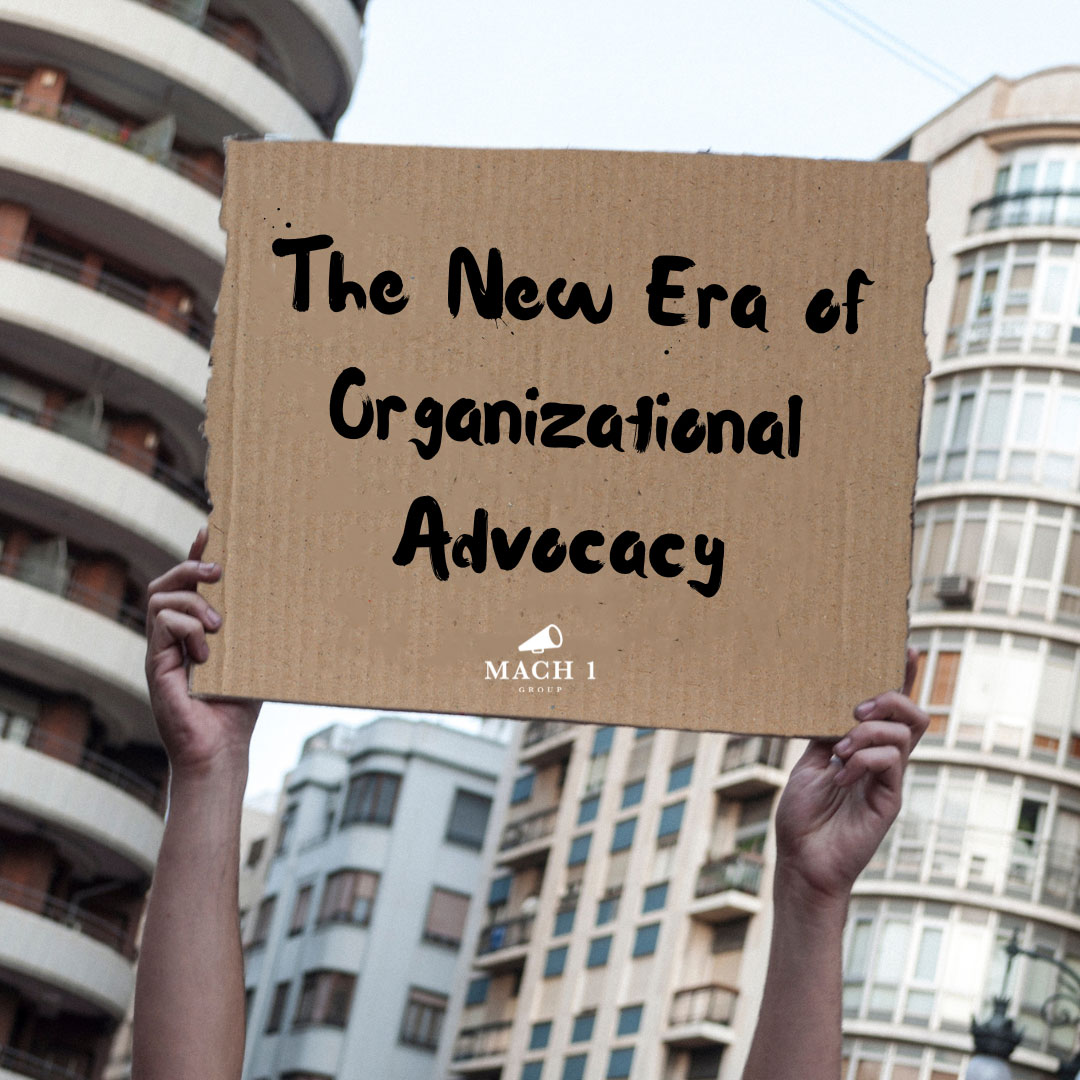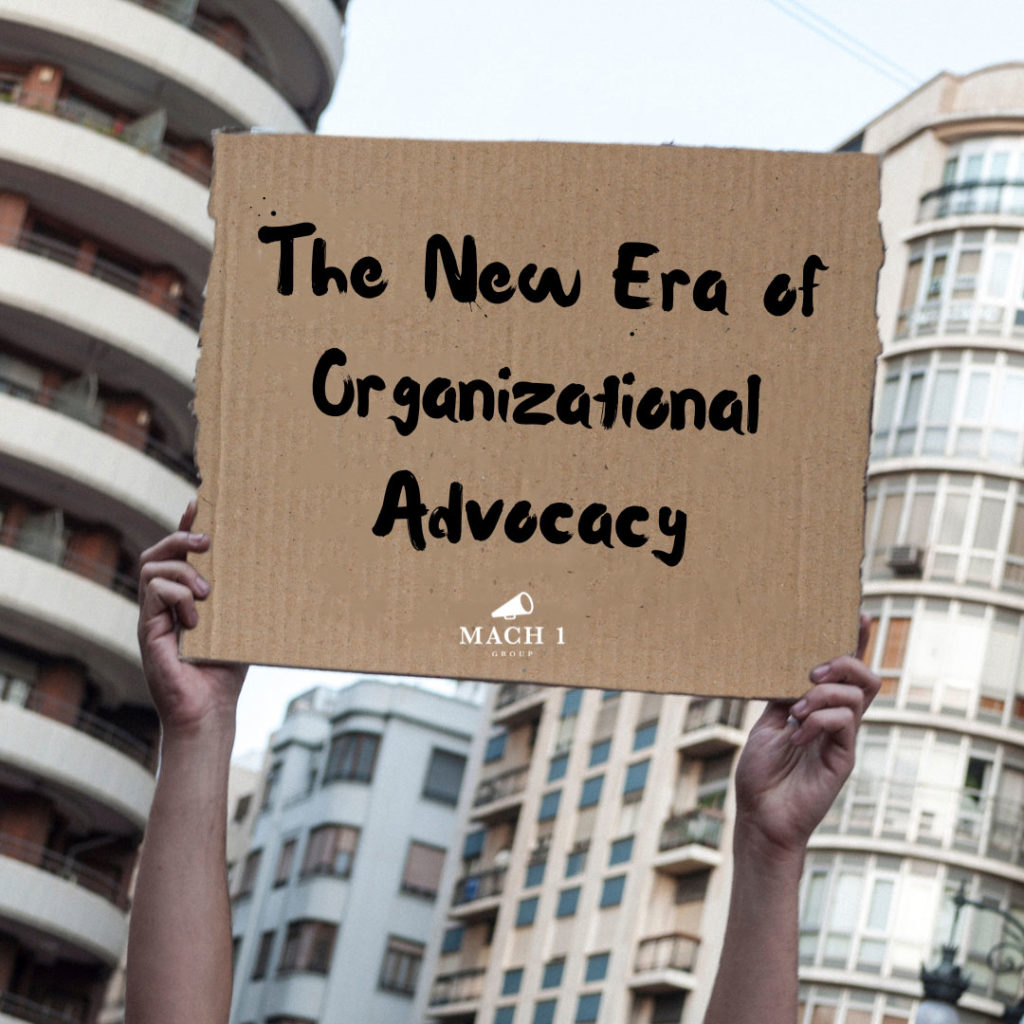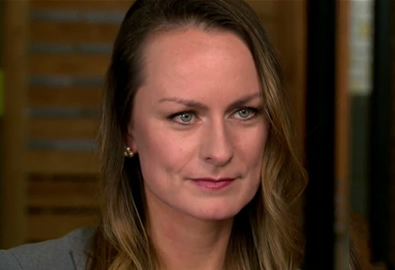
Summer vacation season may be in full swing, but the recent news cycle has been anything but relaxing. With a slate of contentious Supreme Court rulings, ongoing international conflicts and social issues taking center stage, organizations across industries have started to take a stand – and dominate media coverage as a result.
A few years ago, organizations speaking out on controversial or hot-button issues would have been deemed too risky. However, in today’s ESG-driven environment with socially conscious consumers, employees and investors, brands are increasingly pressured to speak up.
So, what are the new rules for this unprecedented era of organizational advocacy? If your organization is thinking about speaking up, there are a few things to consider.
Silence Counts
Regardless of the intention, silence is now considered a stance. Organizations cannot and should not comment on every news event. Save your voice for when it matters most to you and your team. Inconsistent commenting can give the impression that some issues are more important than others, though. It’s a tricky balance. The point is: do your best to fully consider the implications of staying silent and speaking up before taking action (or not) on a specific issue.
Lead from Within
Employees are important stakeholders. While you cannot please everyone, before deciding to weigh in, take the temperature of your employees, Board of Directors, shareholders and stakeholders. Understanding your workplace’s general attitude can help you make an informed decision – regardless of if you take action or not.
Match Your Words
The modern consumer expects brands to not only meet their needs but also to share their values. However, many brands still rely on lip service instead of meaningful action regarding social responsibility – leading to increased scrutinization and negative news coverage. If you speak up, be sure your words match your actions.
Consult the Experts
Before you decide, consult your government affairs, communications and legal team to get a holistic view of potential consequences. This team can guide your decision and help you avoid any potential pitfalls.


